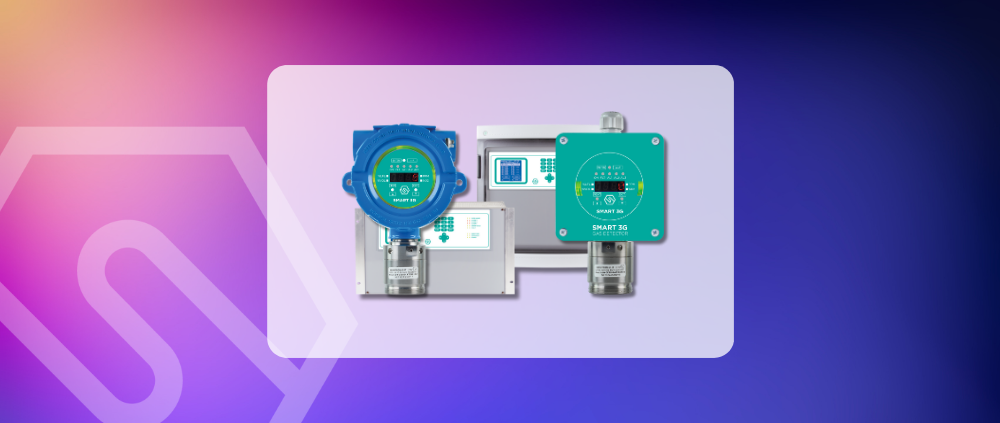In industry, even a small gas leak or release of hazardous substances can become a critical problem.
In addition to immediate risks to the health and safety of operators, leaks can cause fires, explosions, environmental contamination and production interruptions. Preventing these events means protecting not only the plant, but also people, surrounding communities and the company’s reputation.
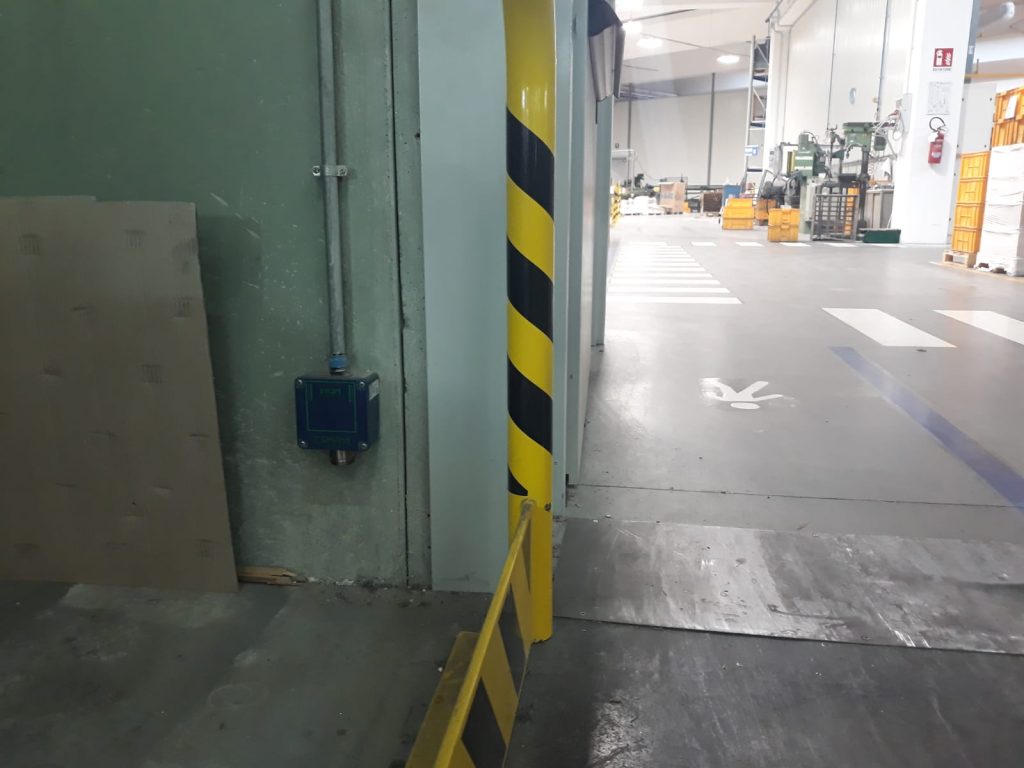
Why preventing leaks and losses is essential
A proactive approach to prevention allows you to:
- Reduce the risk of serious accidents and injuries
- Avoid environmental damage and clean-up costs
- Ensure compliance with safety and environmental regulations
- Limit plant downtime and extraordinary maintenance costs
- Strengthen your company’s image in terms of sustainability and responsibility
Gas or chemical leaks are often invisible and difficult to detect without specialised instruments, hence the importance of continuous monitoring.
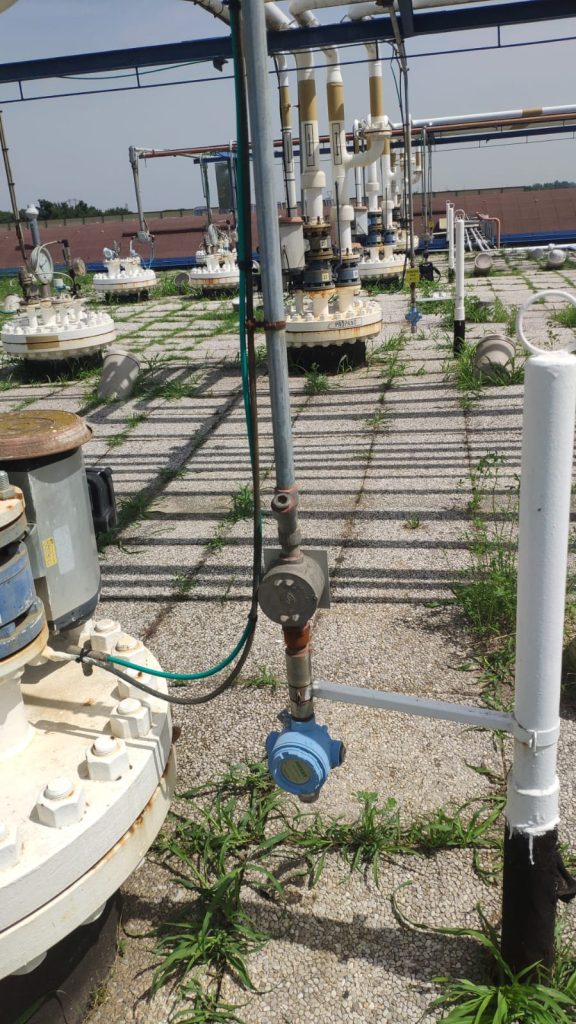
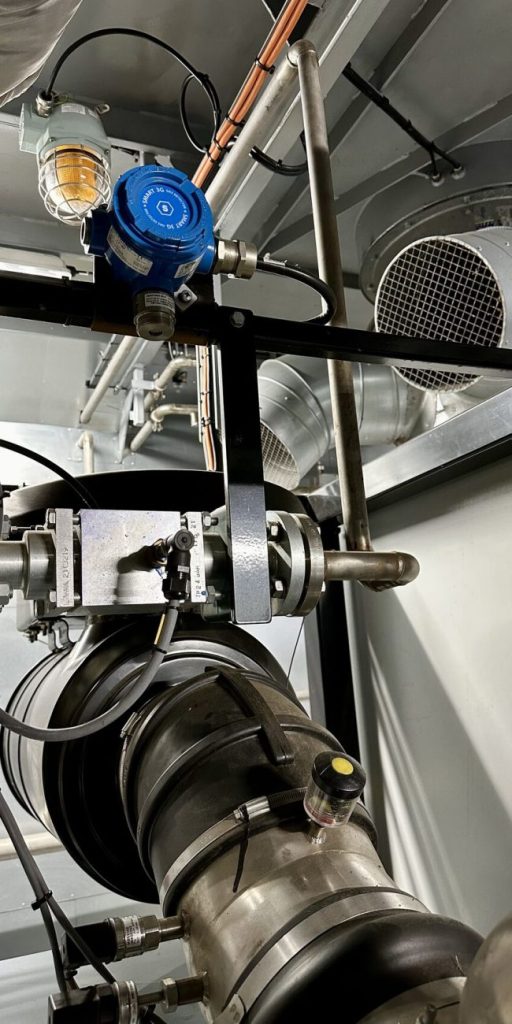
The main causes of leaks and losses
Leaks can occur for a variety of reasons, including:
- Equipment failure or wear (valves, pipes, flanges)
- Human error during loading/unloading or maintenance operations
- Materials unsuitable for the substance stored or transported
- Corrosion and mechanical stress in hostile environments
- Lack of effective detection or monitoring systems
- Lack of scheduled maintenance and periodic checks
Identifying the cause is essential for implementing effective and lasting solutions.
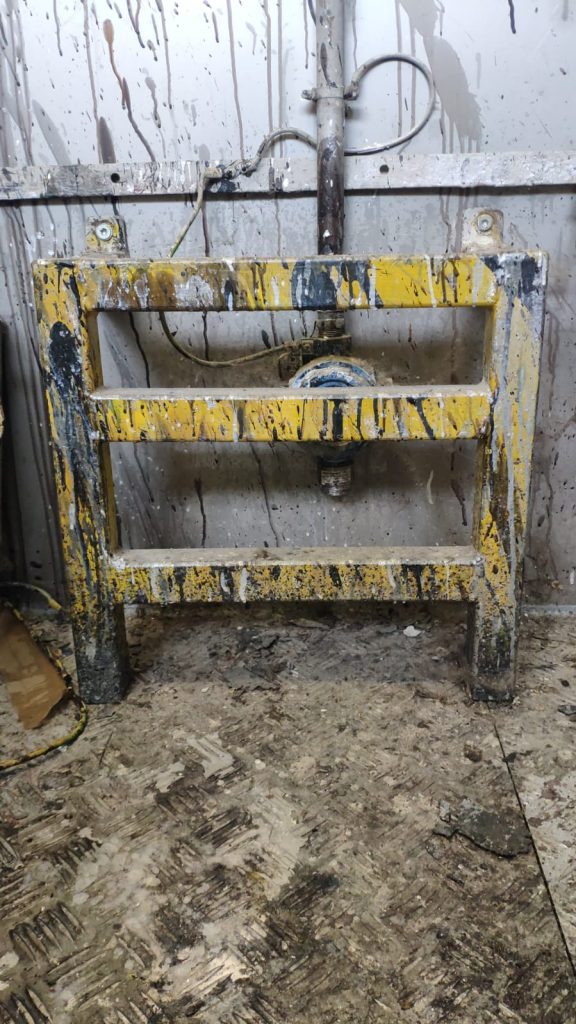
Gases and substances to be monitored to prevent leaks
Modern technologies enable the timely detection of gas or vapour leaks, reducing risks before they become emergencies. Among the main ones:
- Infrared (IR) sensors: accurate, stable and resistant to contaminants, ideal for flammable gases and CO₂
- Catalytic sensors: effective for detecting combustible gases at concentrations in %LEL
- Electrochemical sensors: suitable for toxic gases such as CO, H₂S, NH₃, Cl₂
- PID (photoionisation detector) sensors: ideal for VOCs and organic solvents
The combination of multiple technologies provides a comprehensive detection system that complies with regulations.
The advantages of an integrated prevention system
Implementing solutions to prevent leaks and losses means:
- Greater safety for operators and communities
- Reduced likelihood of major accidents
- Savings on extraordinary maintenance costs and production downtime
- Compliance with environmental and safety regulations
- Improved overall plant efficiency
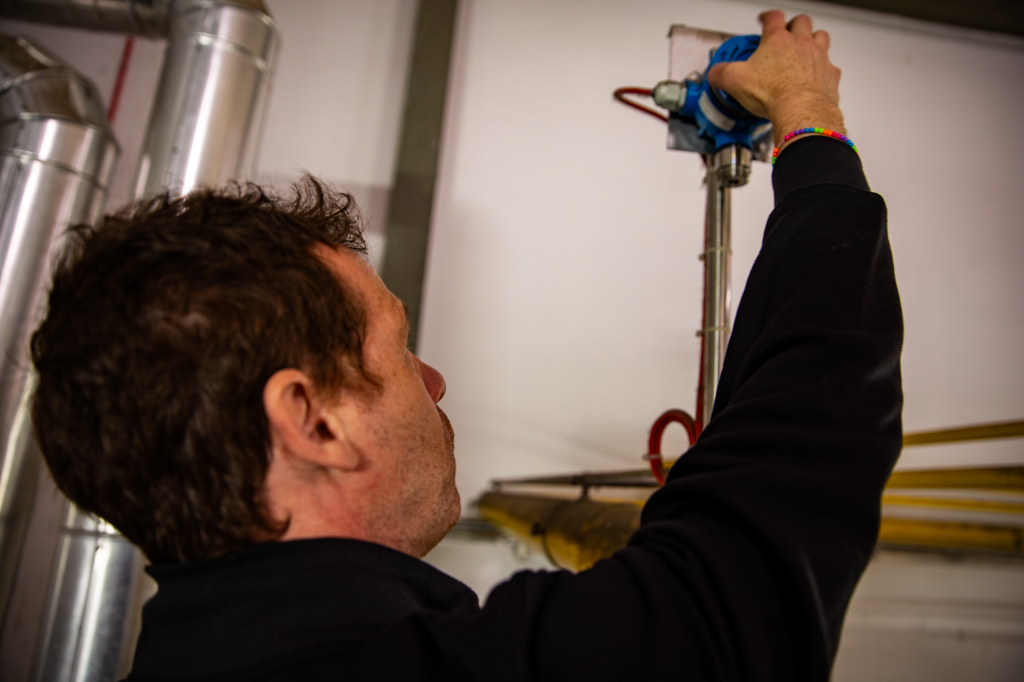
Why rely on Sensitron
Sensitron designs and manufactures certified gas detection systems to prevent leaks and spills in all types of industrial plants. Our devices offer:
- ATEX, IECEx and SIL2 certified sensors
- Continuous monitoring with immediate alarms
- Modular technologies (IR, catalytic, electrochemical, PID)
- Technical support and scheduled maintenance plans
Discover our produtcs
Sensitron gas detectors are suitable for use in any application:
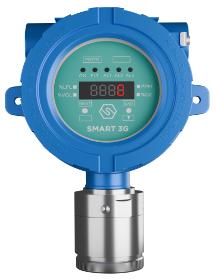
SMART 3G D2
Suitable for detecting flammable substances, toxic gases, refrigerants and oxygen in classified areas.ATEX, IECEx and SIL2/3 certified.
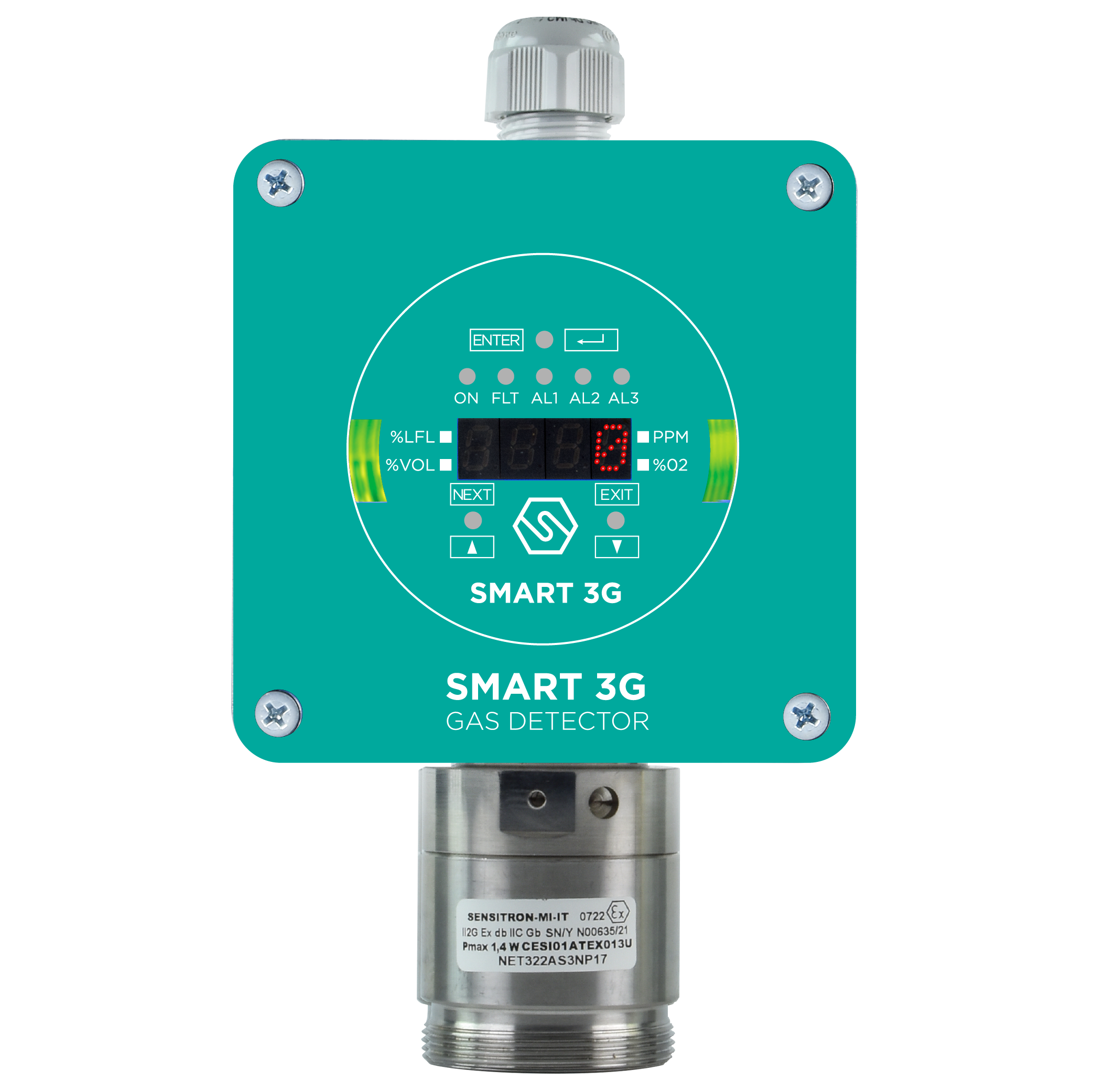
SMART 3G D3
Suitable for detecting in classified areas,ATEX, IECEx and SIL2/3 certified, enables non-intrusive field calibration.
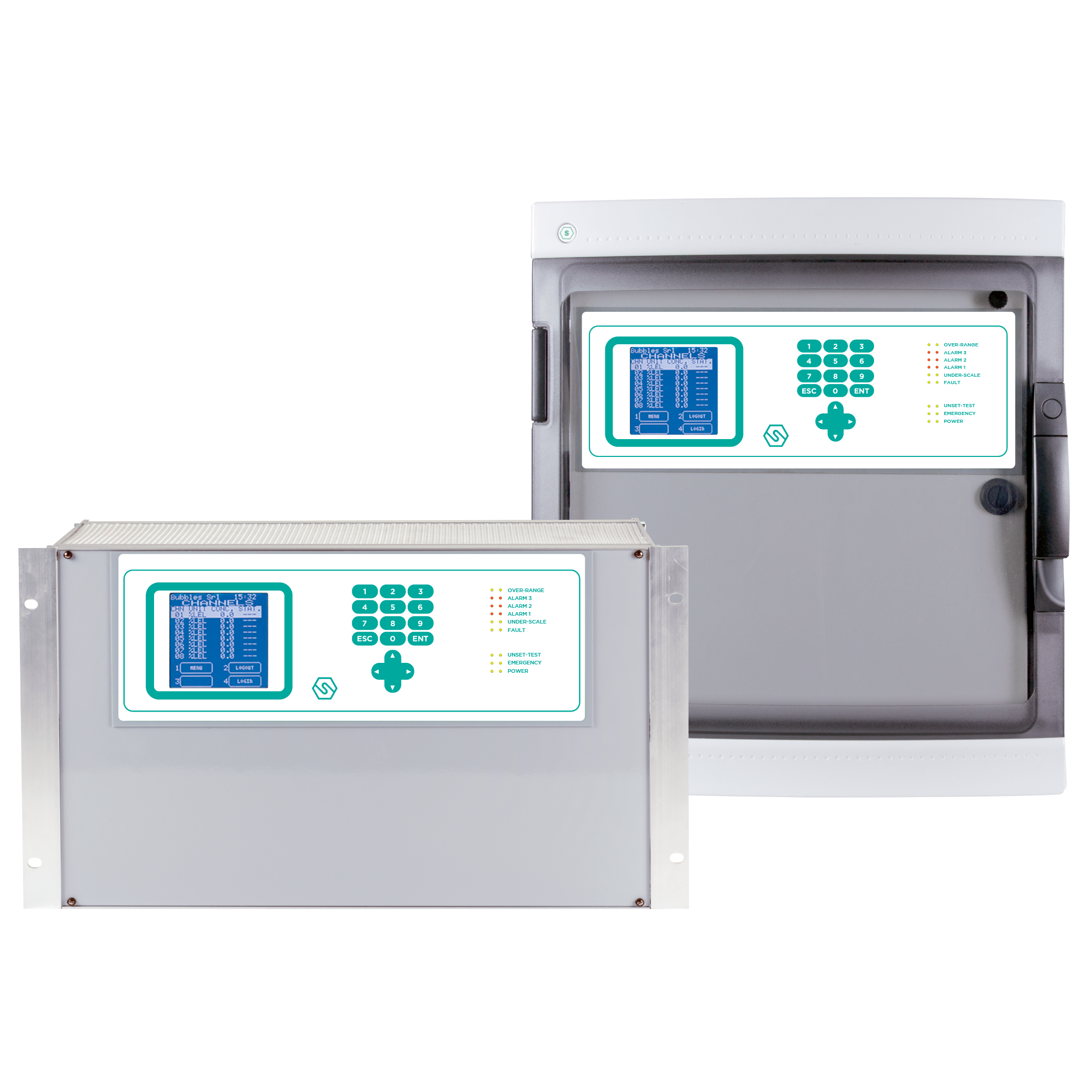
MULTISCAN++ S1/S2
Designed to meet the widest market demand for flexibility, they allow the management of up to 264 detectors. ATEX and SIL certified.
Our certifications
In hazardous environments where strict safety standards must be met, it is important to use certified products that comply with regulations. Discover our certifications:
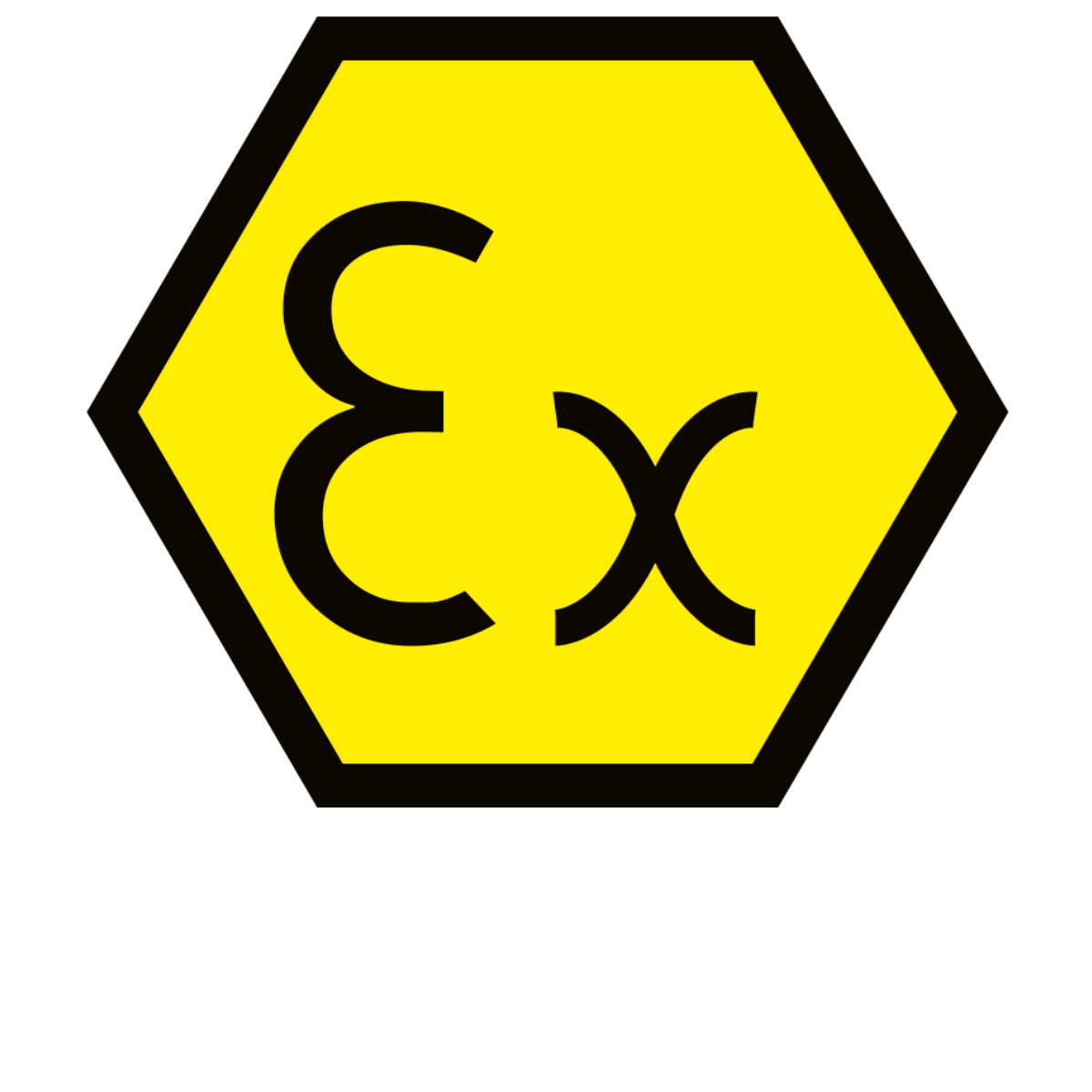
ATEX
The Directive sets out the requirements and assessment of equipment intended for use in potentially explosive atmospheres.
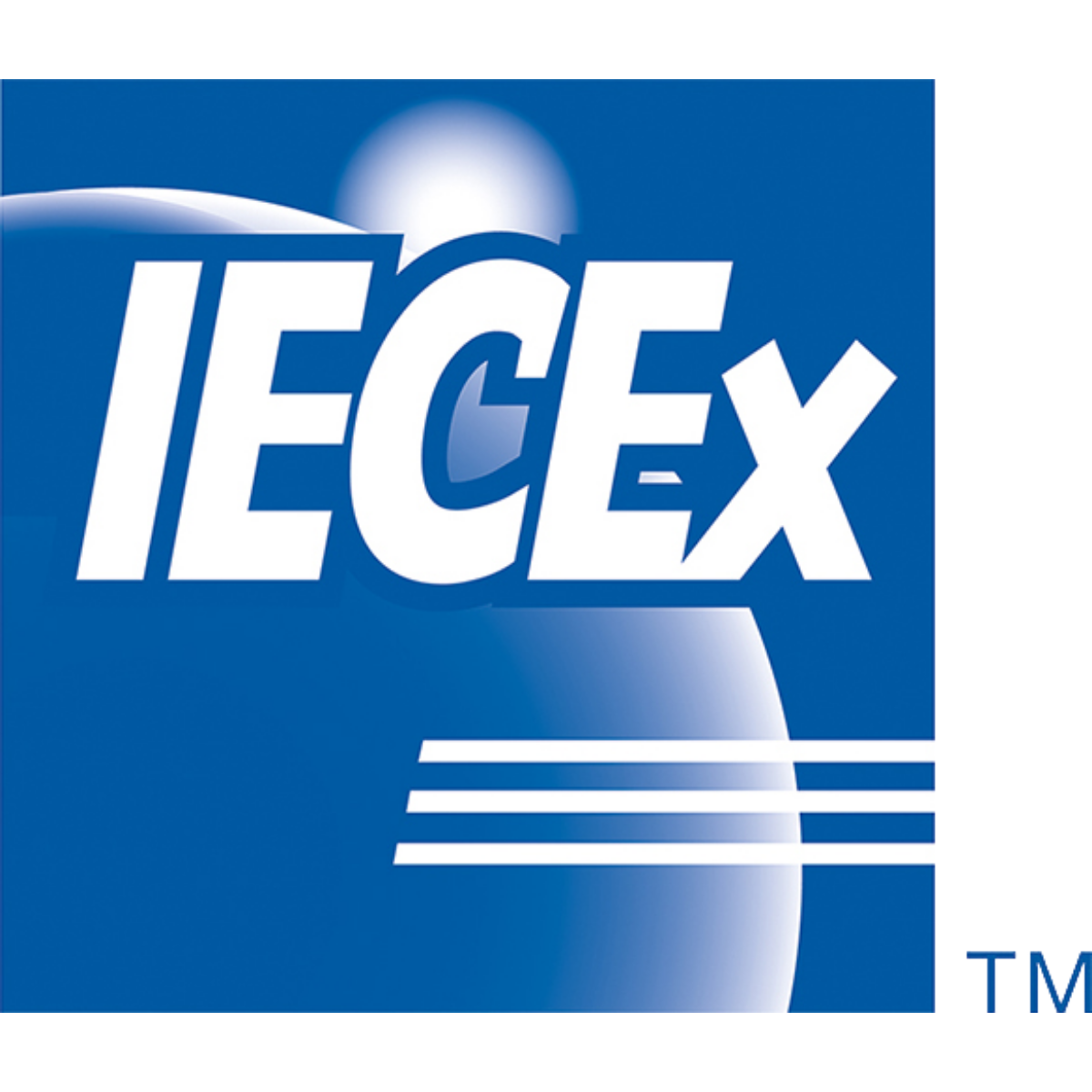
IECEx
The IECEx system is an international certification system. It is developed by the International Electrotechnical Commission.
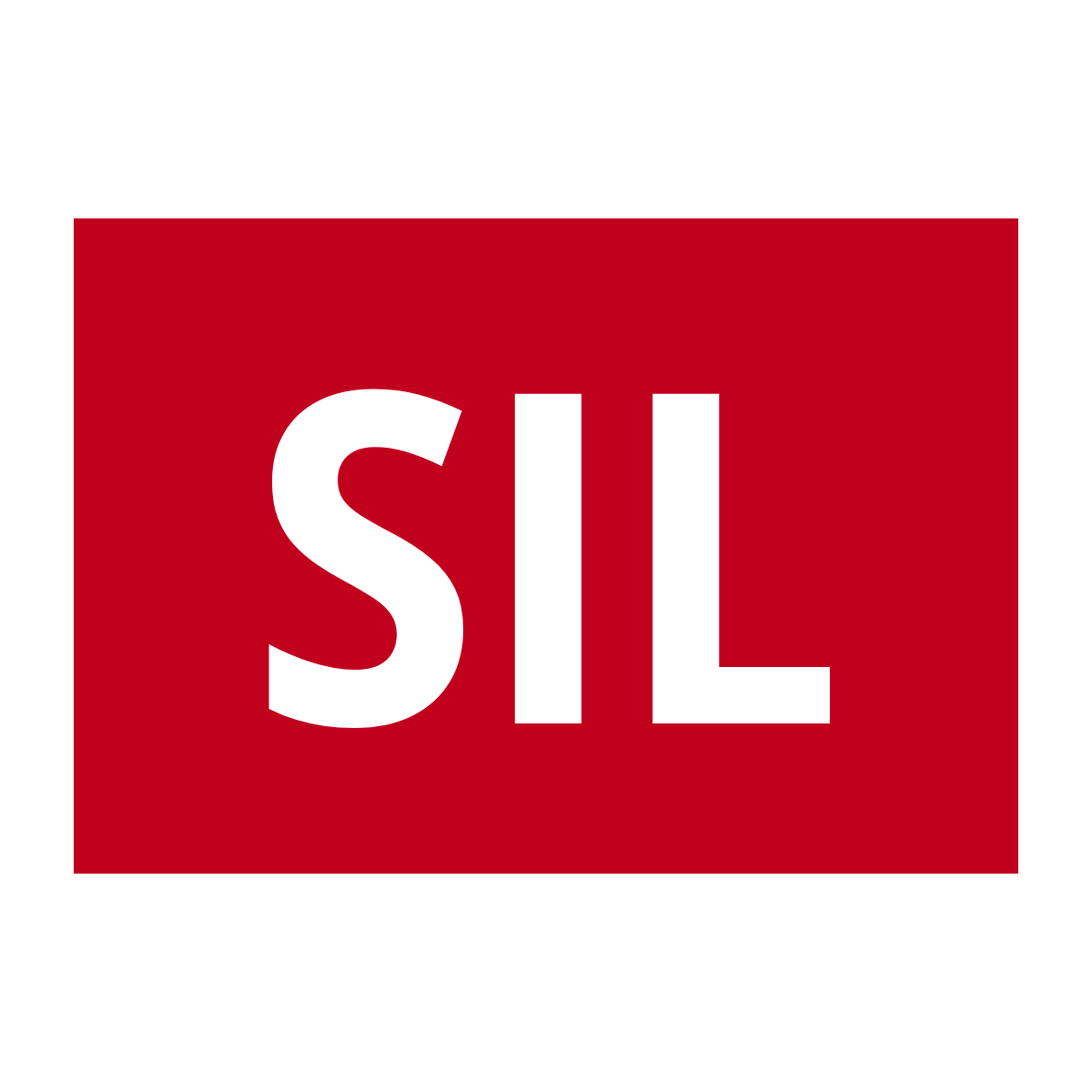
SIL
The Safety Integrity Level (SIL) is the ability to reduce the assessed risk by ensuring the reliability of safety systems.
Explore in virtual reality
Within the Sensitron metaverse, you can explore application scenarios reconstructed in virtual reality. Find out more about who we are and what we do, walk through a production area and learn more about the dangers associated with gas.

